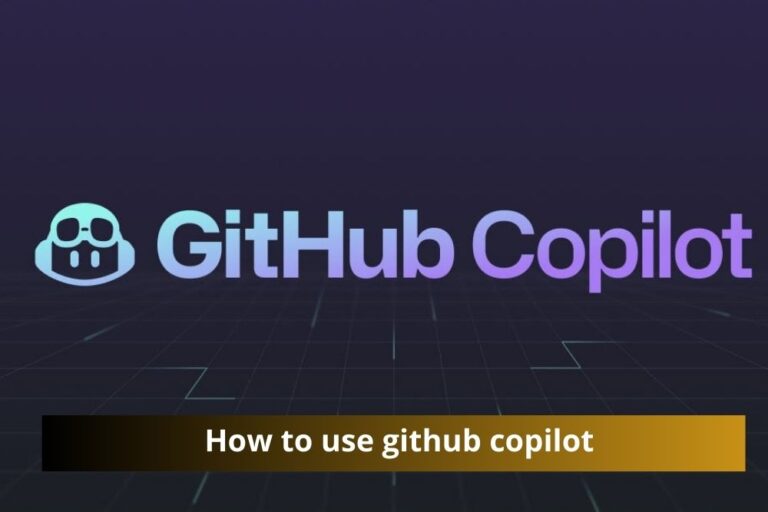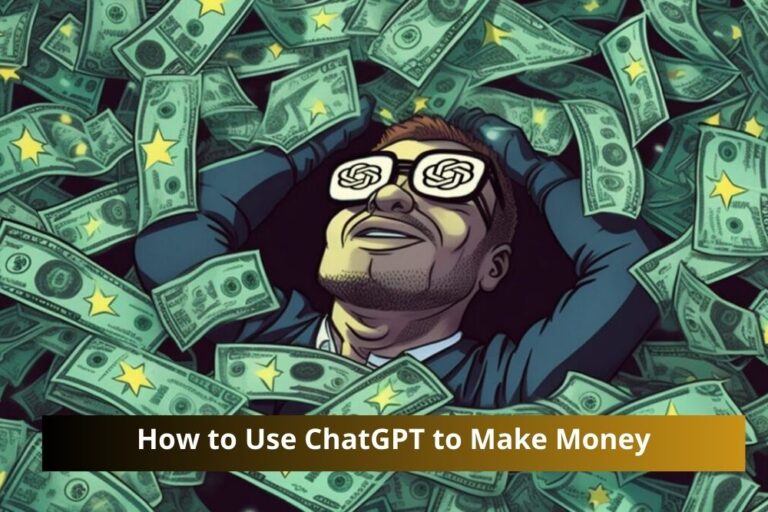How to Make a Character AI Bot
Creating a Character AI bot is a fascinating process that combines the intricacies of programming, artificial intelligence, and creative writing. Whether you are aiming to develop an AI for interactive storytelling, customer service, or virtual companionship, the journey involves several key steps. This guide will provide you with a comprehensive, detailed roadmap to build your own character AI bot.
Understanding the Basics of AI and Machine Learning
Before diving into the creation of a Character AI bot, it is crucial to have a basic understanding of artificial intelligence (AI) and machine learning (ML). AI involves creating systems capable of performing tasks that typically require human intelligence, such as understanding natural language and recognizing patterns. Machine learning, a subset of AI, enables systems to learn and improve from experience without being explicitly programmed.
Key Concepts in AI and ML
- Natural Language Processing (NLP): This involves the interaction between computers and humans using natural language. It is essential for creating conversational AI.
- Neural Networks: These are computing systems inspired by the human brain that are used to recognize patterns and learn from data.
- Deep Learning: A subset of ML that uses neural networks with many layers (deep networks) to analyze various factors of data.
Planning Your Character AI Bot
Define the Purpose
The first step in creating a Character AI bot is defining its purpose. This could range from a customer service bot to a virtual companion or a character in an interactive game. Understanding the purpose will help in tailoring the bot’s personality, responses, and functionalities.
Character Design
- Personality: Decide on the personality traits of your AI character. Will they be friendly, formal, humorous, or serious?
- Background Story: Creating a backstory for your character can make interactions more engaging and authentic.
- Interaction Style: Determine how the bot will communicate. Will it use formal language, slang, or a mix of both?
Technical Implementation
Choosing the Right Tools and Platforms
Several tools and platforms can help in developing a Character AI bot. Some of the popular ones include:
- Google Dialogflow: A robust platform for building conversational interfaces.
- Microsoft Bot Framework: Offers a comprehensive framework for building bots.
- IBM Watson: Provides advanced AI capabilities and tools for creating intelligent bots.
Setting Up the Development Environment
Ensure you have a suitable development environment set up. This typically involves:
- Programming Languages: Python is widely used due to its extensive libraries and support for AI and ML.
- IDE (Integrated Development Environment): Tools like PyCharm or VS Code can enhance productivity.
Developing the AI Bot
Training the AI Model
Training the AI model is a critical step in creating a functional bot. This involves:
- Data Collection: Gather data relevant to the conversations your bot will handle. This could include dialogue scripts, customer service interactions, or conversational datasets.
- Data Preprocessing: Clean and preprocess the data to make it suitable for training. This may involve removing irrelevant information, correcting errors, and normalizing text.
- Model Training: Use machine learning algorithms to train your model on the processed data. Popular libraries for this include TensorFlow, Keras, and PyTorch.
Natural Language Understanding (NLU)
NLU is essential for the bot to understand and interpret user input accurately. It involves:
- Intent Recognition: Identifying the user’s intent from their input.
- Entity Recognition: Extracting relevant pieces of information (entities) from the input.
Dialogue Management
Dialogue management involves controlling the flow of conversation. This includes:
- State Management: Keeping track of the conversation state and context.
- Response Generation: Generating appropriate responses based on the conversation context and user input.
Testing and Debugging
Testing is crucial to ensure your AI bot functions correctly. This involves:
- Unit Testing: Testing individual components of your bot.
- Integration Testing: Ensuring all components work together seamlessly.
- User Testing: Gathering feedback from real users and making necessary adjustments.
Deployment and Maintenance
Deploying Your Bot
Once your bot is developed and tested, it’s time to deploy it. Consider the following:
- Platform: Decide where your bot will be deployed (website, mobile app, social media platforms).
- Hosting: Choose a reliable hosting service to ensure your bot is accessible and performs well.
Monitoring and Updating
After deployment, continuous monitoring and updating are essential to maintain the bot’s performance and relevance. This includes:
- Performance Monitoring: Regularly check the bot’s performance metrics such as response time, accuracy, and user satisfaction.
- Updating Content: Update the bot’s responses and knowledge base to keep it relevant.
- Retraining: Periodically retrain the AI model with new data to improve its accuracy and capabilities.
Advanced Features and Enhancements
Personalization
Enhancing user experience through personalization can significantly improve engagement. This involves:
- User Profiles: Creating profiles to remember user preferences and history.
- Custom Responses: Tailoring responses based on individual user profiles.
Multimodal Interactions
Integrating multimodal interactions (text, voice, and visual elements) can make your bot more versatile. This includes:
- Voice Recognition: Enabling the bot to understand and respond to voice commands.
- Visual Outputs: Using images, videos, or animations to enhance communication.
Integrations
Integrating your AI bot with other systems and platforms can extend its functionalities. This includes:
- API Integrations: Connecting with external APIs to provide additional services such as weather updates, news, or database access.
- Third-party Platforms: Integrating with platforms like Slack, WhatsApp, or Facebook Messenger to reach a broader audience.
Conclusion
Creating a Character AI bot is an intricate yet rewarding process that combines technology and creativity. By understanding the basics of AI and machine learning, planning meticulously, implementing technical aspects effectively, and continuously monitoring and enhancing your bot, you can develop a robust and engaging Character AI bot.






